Miguel dos Santos: paintings and sculptures, 1968-1990: Independent 20th Century
The Real and Magical Frontality of Miguel dos Santos
Diego Matos
The dance at the edge of the abyss takes place
There, there is no fear
For the vision reveals neither blood nor lime
The chord alone is eternal
For it plays in God’s hands
Miguel dos Santos[1]
Brazilian modern and contemporary art has always been beyond a mere reflection of the ways and traditions of Western art: it is composed of a complex structure of cultural phenomena and times that cross each other and transcend the predominant classifications established by the market and institutional circuit. The intention here is not to point out new discoveries but to consolidate new perspectives, capable of recognizing the formal richness of other creative styles, repertoires, and symbols obliterated in the international context. The work of Miguel dos Santos (Caruaru, Pernambuco, 1944) undoubtedly inhabits this complex, structured Brazilian artistic landscape. When we lift our eyes to look at his works, we discover a meticulous, poetic perception of the fabular richness of the Brazilian Northeast.
Not wanting to go into great, historical digressions, it does nevertheless seem beneficial to acknowledge the force of the Brazilian Northeast region, the first to be explored in the conquests and crimes of colonialism. The region is also — both in physical and socioeconomic terms — the artist’s home and place of origin, specifically the west-facing eastern stretch, from the coast to inland, from the Zona da Mata[2] to the Sertão.[3] This environment of a transitional landscape, of transformation and resistance, of enforced implementation of a project to define a nation, is what gives his work presence and context. It is an environment where ancestral indigenous existence met the cultural and exploitative presence of Europe, as well as, through slavery, an African population — the beginnings of a socio-cultural Afro-Atlantic and Lusophone maelstrom. After more than two centuries, and not without violence, in the 20th century we inherited a space of contention and the construction of an other modernity — within which the work of the Pernambucan-Paraibano artist is established.
This does not mean to suggest that his work is a consequence of geography but rather to identify a clear awareness of context. As the wealth of criticism on the artist points out, Miguel dos Santos has been capable of uniting distinct notions of civilization in his work — notably, the combination of African ancestry with major European modern art movements, especially cubism.
That said, we cannot fail to mention the context of the artist’s education, especially his contact with the Movimento Armorial[4]. Important figures like Ariano Saussuna (1927-2014), Franciso Brennand (1927-2019), and Gilvan Samico (1928-2013) all played a part. As Saussuna (the writer and thinker of the group) himself said: Miguel is the one who best engendered, through his fantastic images and forms, contact with the real, naked Brazil, different from the forced modernist politeness that we know. Those years of training in his youth and his exchanges with the Armorial movement laid the foundations for a vast production that has continued for over fifty years: a life of drawings and paintings, ceramics and sculpture. Establishing his monumental studio in the city of João Pessoa, far from the established art scene in the financial and cultural capitals, he developed a clarity of form and incredibly original thematic in his painting and ceramic sculpture, which this selection of works intends to reveal to the international public.
Generally speaking, it is fair to say that the artist was never part of the hegemonic constructions of Brazilian art. Unlike his generational colleagues, who drank from the constructivist art fountain or from the expressive strength of abstraction, there is an appreciation in Miguel’s work for what comes intrinsically from the earth and popular wisdom — the latter stemming in particular from poetic literature and the Brazilian rural songbook.
To give an example, it is worth looking closely at his ceramic production. It could be said that the works of that genre selected here sit somewhere between popular craftsmanship of utensils and objects from local fairs and markets and outcomes of a clearly erudite way of thinking about sculpture, as the critic Antonio Bento observed, at the turn of the 70s. Over the years, the molded and painted ceramics grew in scale and compositional complexity. In this solo presentation, headed by Galatea for the Independent 20th Century fair, the historical selection features twenty-eight works, from ceramics to painting, dating back to the late 1960s and consistently covering two decades that were fundamental in his career, the 1970s and 1980s.
There is no limpid speculative style in Miguel dos Santos’ work, nor any disposition for a more rational and mechanical process that serves the logic of capital. What is present is an intentionally structured and recurring figurative speculation, warm and sensual, that combines with a rigor of form, including in discursive terms. It is also imperative that we emphasize the strong traces of Afro-Brazilian culture in his work, which, in perspective, involves the artist becoming aware of his own intuitive perception of the idea of origin engrained in the body, in his training, and his habitus, as defined by the French philosopher Pierre Bourdieu.
In 1960, when still very young, the artist moved to João Pessoa (in the state of Paraíba), one of the Northeast capitals founded in the second half of the 20th century. There, his works gained a political and public dimension, growing in scale and being installed in urban settings in subsequent decades. In 1969, under the coordination of the critic Walmir Ayala, he held his first solo show in Rio de Janeiro, exhibiting paintings and ceramics at Galeria Celina. In 1976, at the invitation of Pietro Maria Bardi, the Italian historian and art critic based in Brazil who founded the São Paulo Museum of Art — MASP, he held a large solo show at the institution. This fact marks the entry of his work into museums, in addition to sealing his friendship with Bardi, which evolved in many letters and collaborations in the following years. The exhibition, by the way, takes place in the then new headquarters of MASP, designed by the architect Lina Bo Bardi — who renewed the notion of exhibition design with her famous glass easels. As Miguel himself often says, that was a moment of double impact: experiencing the environment of a city that was becoming a metropolis and building recognition in the national artistic circuit.
In the 1970s, another turning point was his trip to the Second World Festival of Black Arts and Culture, FESTAC ‘77, held in Lagos, Nigeria. In a sense, this encounter with the other side of the Atlantic led him to establish an even deeper relationship with his African descent, understanding institutively and spiritually what would be the path to be followed. The deep recognition of this black ancestry permanently sealed the influence of the African iconographic repertoire in his work.
It is worth remembering that it was at this same festival that two unavoidable figures of African Brazilian culture also gained prominence. Firstly, we remember the historic speech of Abdias do Nascimento, one of the greatest black thinkers and artists in Brazilian history. At the time, he took a clear stance against the covert racism linked to colonial processes in Brazil. Secondly, Gilberto Gil, one of the most important composers of Brazilian popular music, found himself facing a path of no return: the political racialization of his art, which gave birth to his famous album Refavela(1977).
It can thus be seen that, under the curatorship of the critic Clarival do Prado Valladares, Miguel dos Santos was part of an outstanding group chosen to represent Brazil at the time. The artist was at the forefront of a new Brazilian artistic force in the spotlight, still in the years of the perverse military dictatorship in the country. It is of utmost importance that we bring to the current debate the resignification of that moment in history, something that is mirrored in the symbolic and formal expression of his body of work.
In the works chosen for this solo presentation, one notices an aggregated universe of animals, winged creatures, and fantastic, long-necked beings, some in connection with the human condition, others with the spiritual and religious order. Many of them are represented with frontality, a style that has endured since the classical art tradition. Collectively, there is a perceptible strong, upward movement, whether in the sense of presence, protection, observation, or attack. If we lean in and look closely at his works, we notice vertical forms, with a corporeal frontality. We can see this aesthetic communion in two-dimensional works such as Escravo da Imaginação [Slave of Imagination] (1980), Purusha II (1981), the triptych Amazônico [Amazonian] (1986), and A dança [The Dance] (1980).
This vertical, upward force was already implied in the early 1970s works, for example in the painting Duende(1972). It is a characteristic that reverberates eloquently in the many different characters and beings born out of a fusion of the real with the fantastic: Retrato de Samico [Portait of Samico] (1983), A grande Alma [The Great Soul] (1984), and Paulo Queiroz (1976) are some examples. However, even if not necessarily frontal, the paintings at least carry the force of the vertical presence, dispensing with outdoor landscapes in perspective. In all, the warm and earthy colors stand out, even if some are hugged by a darker, almost nocturnal, oneiric outline.
This prominent central, vertical axis also appears in the beings molded in ceramic, which sometimes embrace and sometimes repel us, in a constant gesture of a desire for contact, a point where reality is within reach. Generally, there is a clear balance in place, sometimes symmetrical and hierarchically structured. In terms of which ceramics bear these characteristics, the Mães [Mothers], Chicos, and Vulcanos are some examples.
In all these pieces, there is a vivid sense of anchoring into the earth, defining a frontal posture and a possible upward, rising motion. There are, of course, also the creatures positioned in movement, suggesting the presence of what appear to be wings, this being the more lateral positioning of the figures in the paintings: Bacaro (1975), Biquiba (1971), César (1975), and Construtor [Constructor] (1981). In some of these paintings, our eyes are met by those of the beings looking back at us, in others, our vision follows a movement that the creature seems to engender.
* * *
The body of work presented here encompasses what the artist’s friend and interlocutor Saussuna once said about his production: “so expressive of the tragically fatalistic vision, cruelly joyful and mythically truthful, that the Brazilian people have of reality.” If there is an intimate, visceral relationship between his poetic imagery and the everyday and popular immaterial element in a given region, there is also a reflection of a more complex identity of rural and urban Brazil, both archaic and contemporary. This artistic production is the result of a material practice based on a manual approach and compositional arrangement that, in a way, has the power to move a universal audience. Flirting constantly with this immense, poetic abyss, capable of transcending the local popular imagination, the artist provokes a kind of “dance at the edge of the abyss,” as he himself wrote in the poem at the top of this text.
Ultimately, Miguel Domingos dos Santos is an effective translator of the syncretic Brazilian African-Catholic-Indigenous tradition, without ignoring its vivid rawness, which can be tragic and joyful at the same time. As our greatest living critic, Frederico Morais, once wrote: looking at the bestiary the artist imagined in painting and ceramics, it is as though the movement and stretched necks of these invented beings are an affront, a kind of imposing resistance, or a declaration of a presence to be considered. It is as if they wisely “want to devour infinity with cosmic gluttony.” With that in mind, welcome to the real and magical frontality of Miguel dos Santos’ poetic abyss.
[1] Verses from the poem “Entre Séculos [Between Centuries]”, written by the artist in June 2000, on the occasion of the group show Entre Séculos, at Galeria Tina Zappoli, in Porto Alegre, Brazil.
[2] Translator's note: Zona da Mata (literally translated as "Forest Zone"), refers to a strip of land along the eastern coast in the Northeast of Brazil, running from Rio Grande do Norte to Bahia. The name came from the Atlantic Forest that originally covered the region, but that now has reduced significantly.
[3] Translator's note: Sertão refers to the Brazilian "hinterlands", an immense, arid region in the Brazilian Northeast. The term is prominent in Brazilian culture and the region is associated with poverty, and a rich, folkloric culture.
[4] A movement baptized by the writer Ariano Saussana, who sought ways to experiment with a local pre-historic tradition and with the strength of expression of cordel literature, theatrical productions, and woodcut printing. Popular novels are the epitome of this production. Generally, artists had to always be attentive to the vitality of popular cultural production, which converged in various art genres (literature, music, painting, sculpture, theatre, and dance).






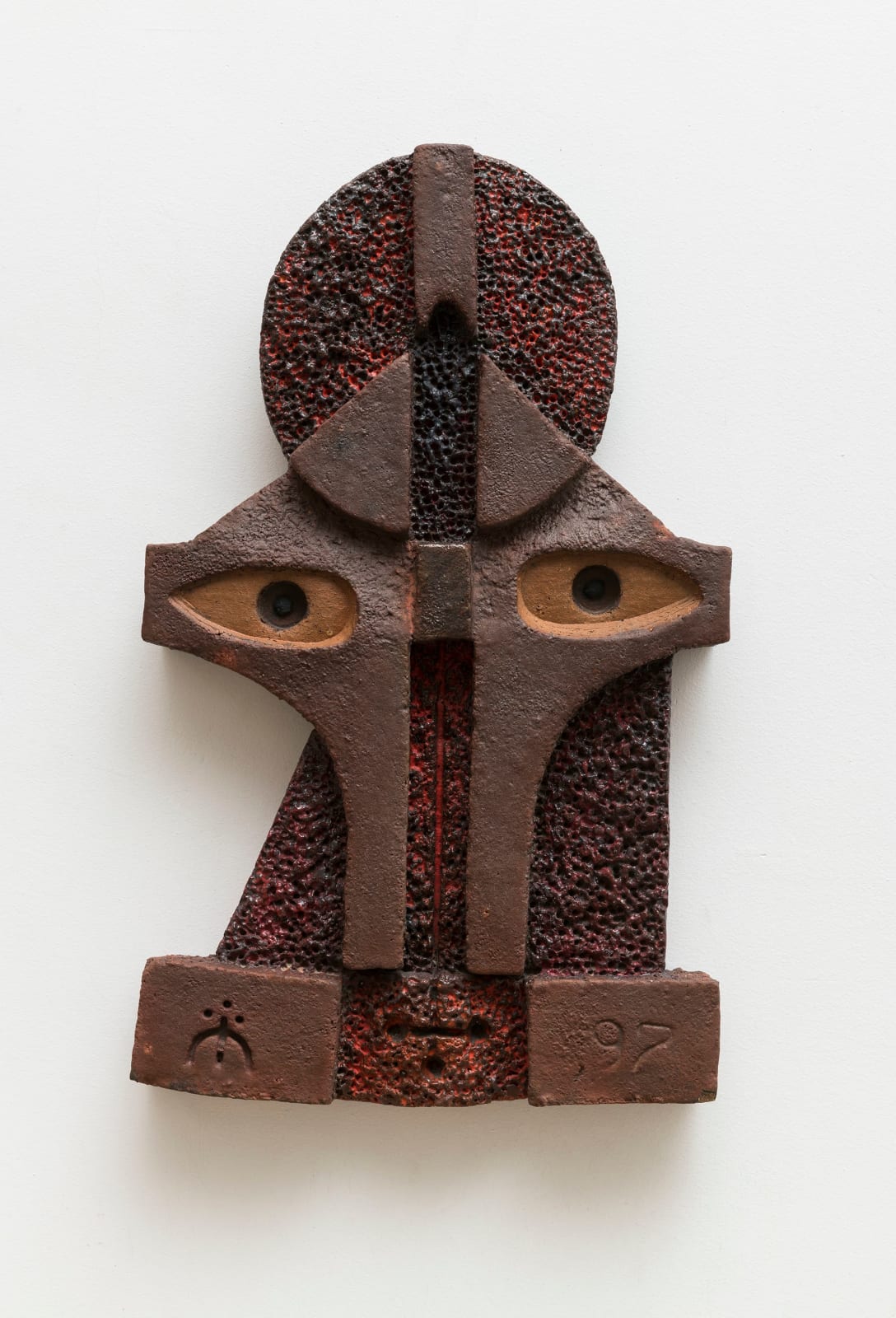
![Miguel dos Santos, Chico I, Década de 1980 [1980s]](https://artlogic-res.cloudinary.com/w_1600,h_1600,c_limit,f_auto,fl_lossy,q_auto/artlogicstorage/antoniabergamin/images/view/3eff42368d9cef94ae7be3d8f7f24fbfj/galatea-miguel-dos-santos-chico-i-d-cada-de-1980-1980s.jpg)
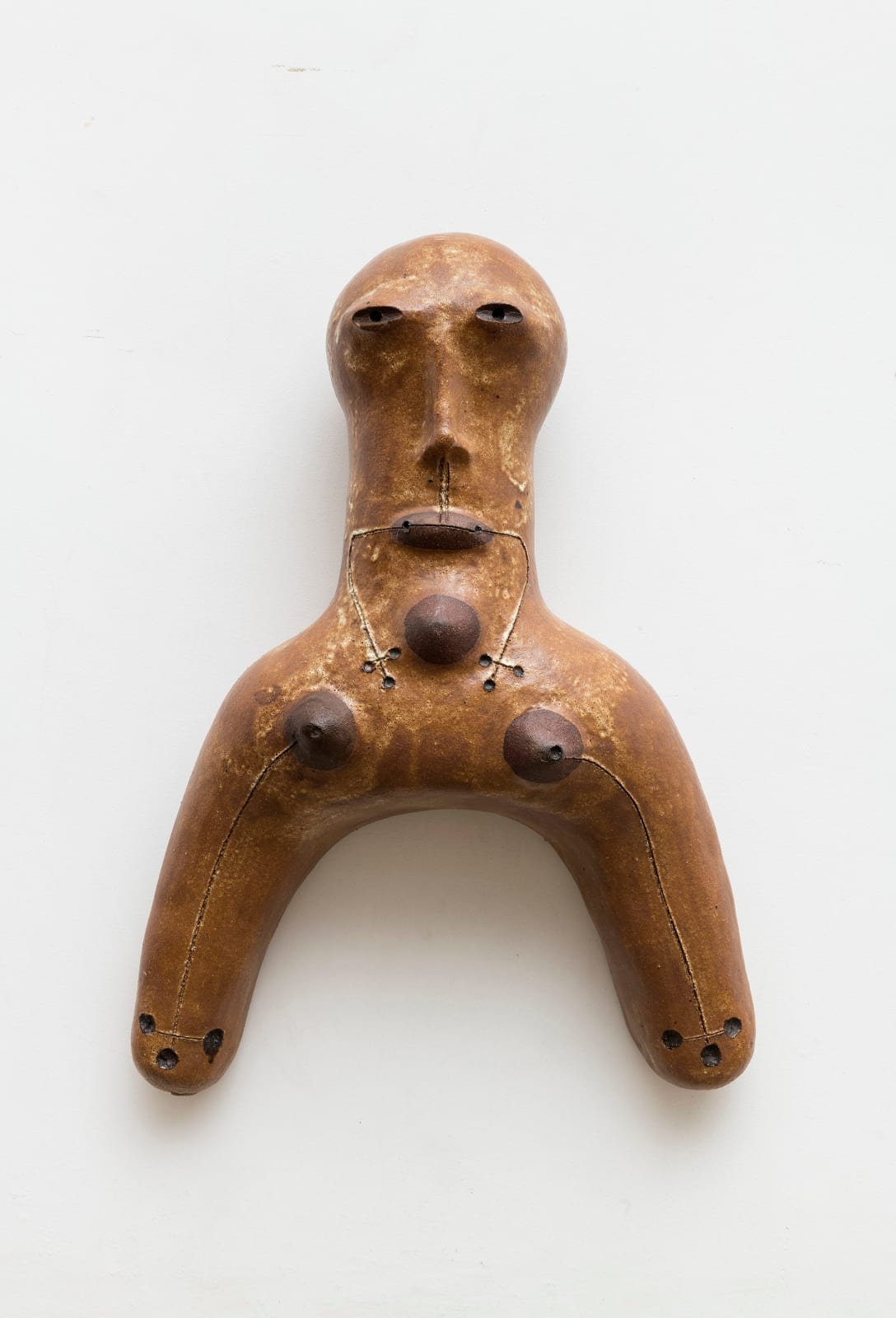


![Miguel dos Santos, Chico II, Década de 1980 [1980s]](https://artlogic-res.cloudinary.com/w_1600,h_1600,c_limit,f_auto,fl_lossy,q_auto/artlogicstorage/antoniabergamin/images/view/3665fd546993d2697b7bb6c95748fc71j/galatea-miguel-dos-santos-chico-ii-d-cada-de-1980-1980s.jpg)


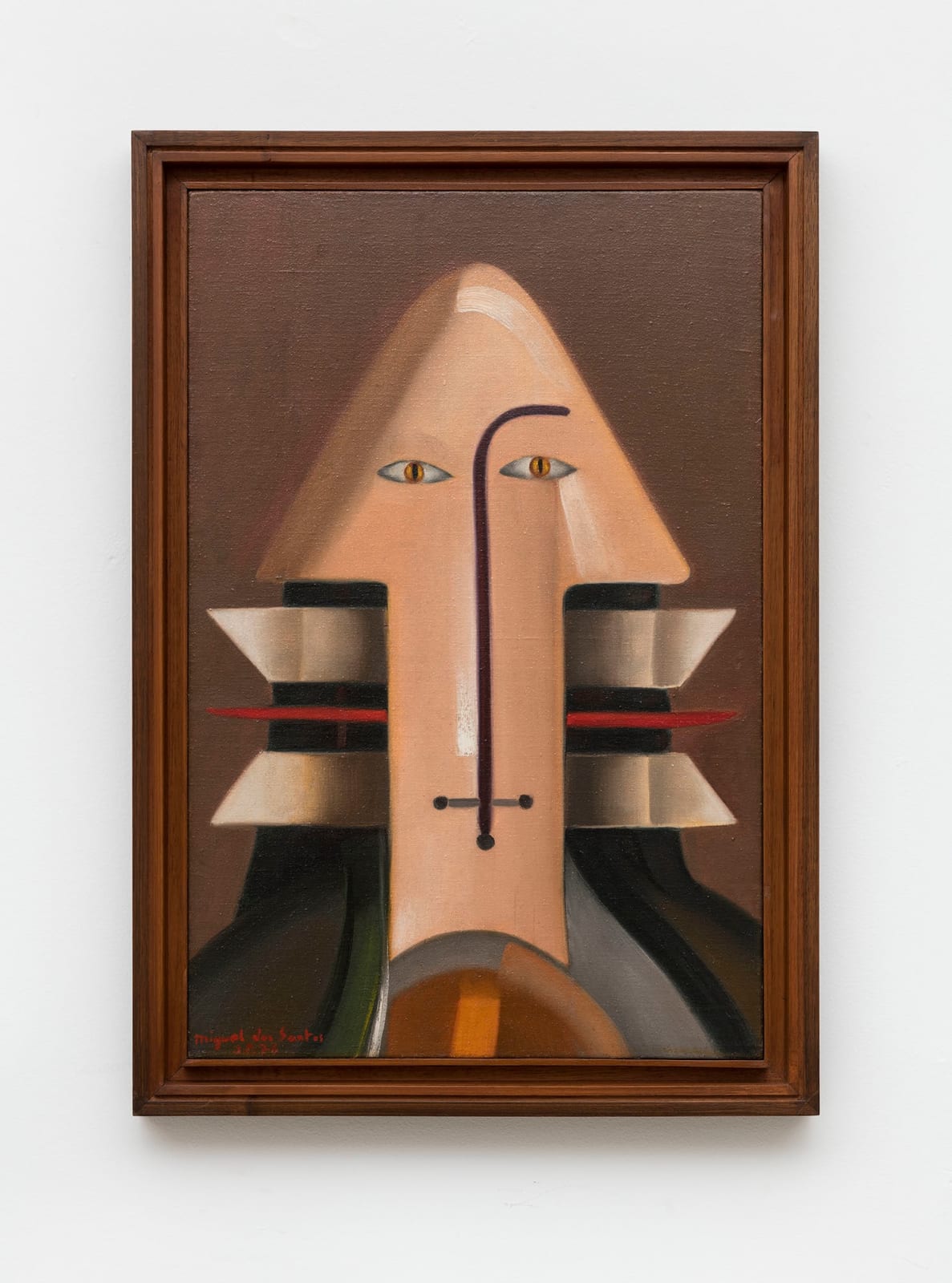

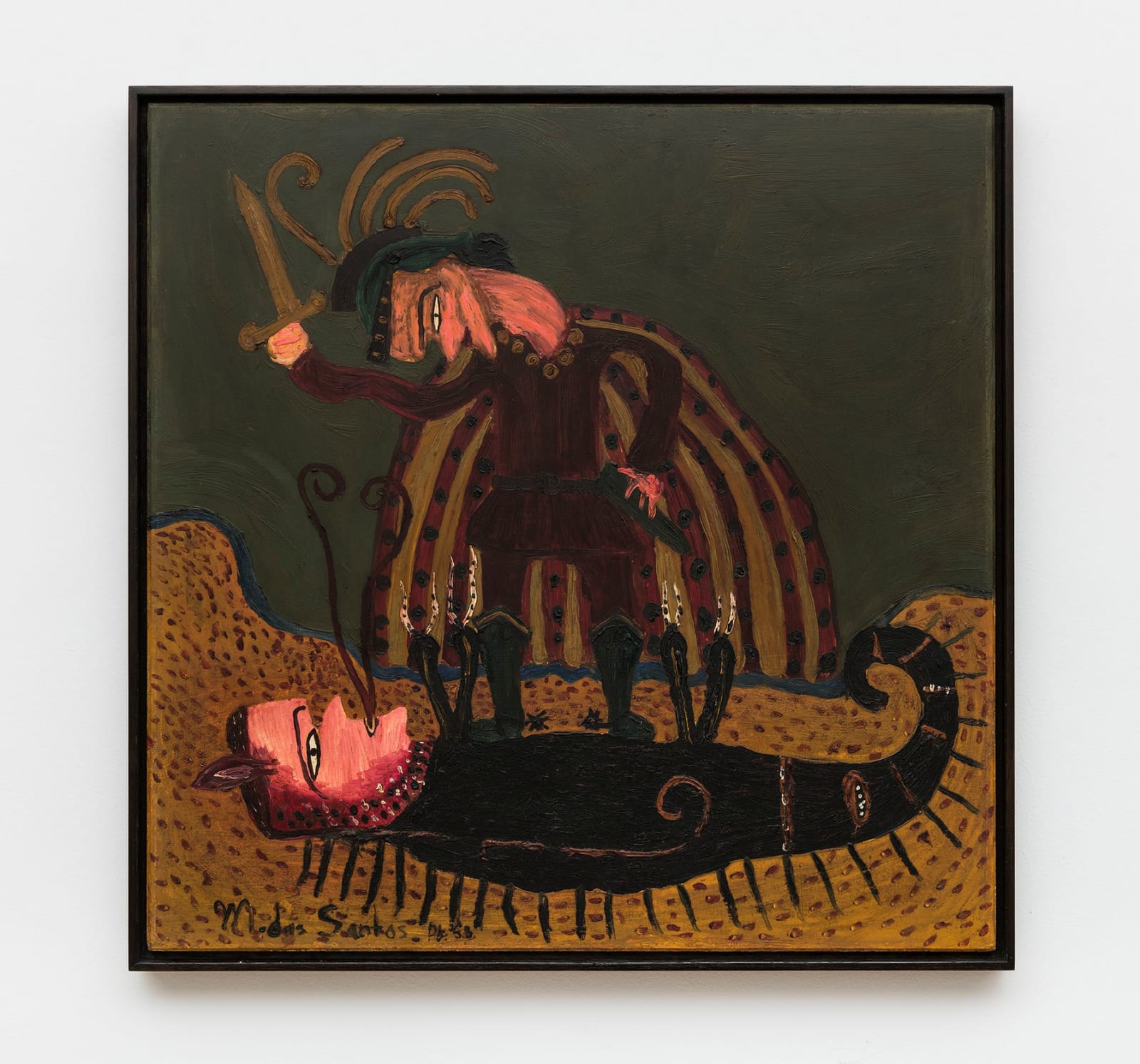
![Miguel dos Santos, Chico III, década de 1980 [1980s]](https://artlogic-res.cloudinary.com/w_1600,h_1600,c_limit,f_auto,fl_lossy,q_auto/artlogicstorage/antoniabergamin/images/view/06a418b988eda82eb5bfc9c2c3e5575dj/galatea-miguel-dos-santos-chico-iii-d-cada-de-1980-1980s.jpg)
![Miguel dos Santos, Mãe [Mother], 1976](https://artlogic-res.cloudinary.com/w_1600,h_1600,c_limit,f_auto,fl_lossy,q_auto/artlogicstorage/antoniabergamin/images/view/3068cd0c3a0288deee29de0c77568b36j/galatea-miguel-dos-santos-m-e-mother-1976.jpg)

![Miguel dos Santos, Mãe, Década de 1970 [1970s]](https://artlogic-res.cloudinary.com/w_1600,h_1600,c_limit,f_auto,fl_lossy,q_auto/artlogicstorage/antoniabergamin/images/view/57f8a1ecb5df2c712a83b54a3f87ba52j/galatea-miguel-dos-santos-m-e-d-cada-de-1970-1970s.jpg)
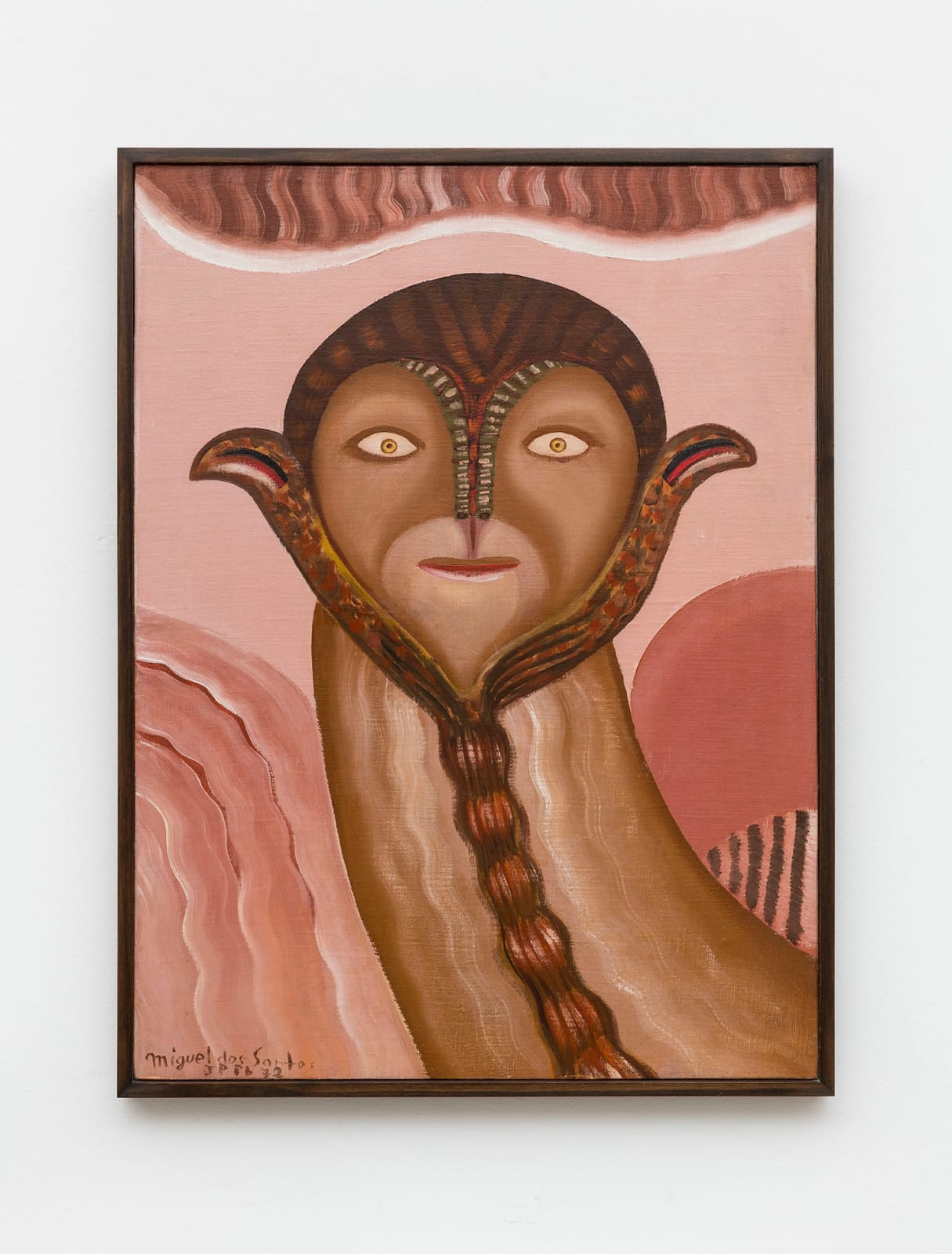
![Miguel dos Santos, Figuras [Figures], 1972](https://artlogic-res.cloudinary.com/w_1600,h_1600,c_limit,f_auto,fl_lossy,q_auto/artlogicstorage/antoniabergamin/images/view/e7e321791ecdf593fa7e3360f250737dj/galatea-miguel-dos-santos-figuras-figures-1972.jpg)

![Miguel dos Santos, Escravo da imaginação [Slave of imagination], 1980](https://artlogic-res.cloudinary.com/w_1600,h_1600,c_limit,f_auto,fl_lossy,q_auto/artlogicstorage/antoniabergamin/images/view/2b7dcb365add342e6c5dc086bb17f04dj/galatea-miguel-dos-santos-escravo-da-imagina-o-slave-of-imagination-1980.jpg)

![Miguel dos Santos, Máscara [Mask], 1983](https://artlogic-res.cloudinary.com/w_1600,h_1600,c_limit,f_auto,fl_lossy,q_auto/artlogicstorage/antoniabergamin/images/view/055f7e75bda82dd28a4088f4ce35bdc5j/galatea-miguel-dos-santos-m-scara-mask-1983.jpg)

![Foto [Photo]: Alexa Hoyer](https://artlogic-res.cloudinary.com/w_1600,h_1600,c_limit,f_auto,fl_lossy,q_auto/ws-artlogicwebsite1200/usr/library/images/main/events/8/20230907_galatea-1.jpg)
![Foto [Photo]: Alexa Hoyer](https://artlogic-res.cloudinary.com/w_1600,h_1600,c_limit,f_auto,fl_lossy,q_auto/ws-artlogicwebsite1200/usr/library/images/main/events/8/20230907_galatea-2.jpg)
![Foto [Photo]: Alexa Hoyer](https://artlogic-res.cloudinary.com/w_1600,h_1600,c_limit,f_auto,fl_lossy,q_auto/ws-artlogicwebsite1200/usr/library/images/main/events/8/20230907_galatea-4.jpg)
![Foto [Photo]: Alexa Hoyer](https://artlogic-res.cloudinary.com/w_1600,h_1600,c_limit,f_auto,fl_lossy,q_auto/ws-artlogicwebsite1200/usr/library/images/main/events/8/20230907_galatea-3.jpg)

